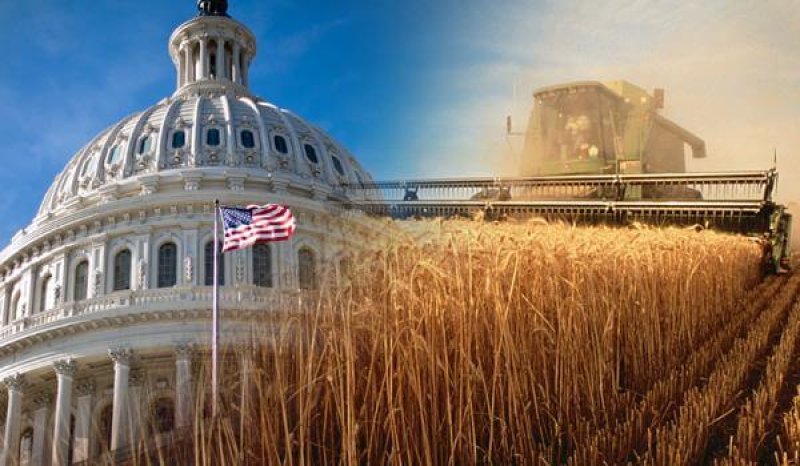Continuing its efforts to update and modernize its regulations applicable to certain genetically engineered (GE) organisms, the U.S. Department of Agriculture (USDA) Animal and Plant Health Inspection Service (APHIS) on May 18, 2020, published a final rule revising the 7 C.F.R. Part 340 regulations ….
…
APHIS stated that this rule would better able it to “focus its resources on regulating genetically engineered (GE) organisms that may pose plant pest or noxious weed risks, and will enhance regulatory flexibilities that foster innovation.” This is ideally what federal biotech regulations should do – (1) focus on products that may pose actual risks, and (2) not impose unnecessary burdens that inhibit or hinder innovation. As promulgated, the final Part 340 rule may accomplish those goals for U.S. agricultural biotechnology.
…
The regulation exempts the following plants from the requirement of a permit in advance of importation or movement:
- GE plants that have a single modification that resulted from a cell’s own repair of a targeted DNA break, or
- A targeted single base pair substitution; or
- GE plants that have been modified to incorporate a gene from the plant’s natural gene pool; and
- Other modifications that APHIS may propose that could have been achieved through conventional breeding.































